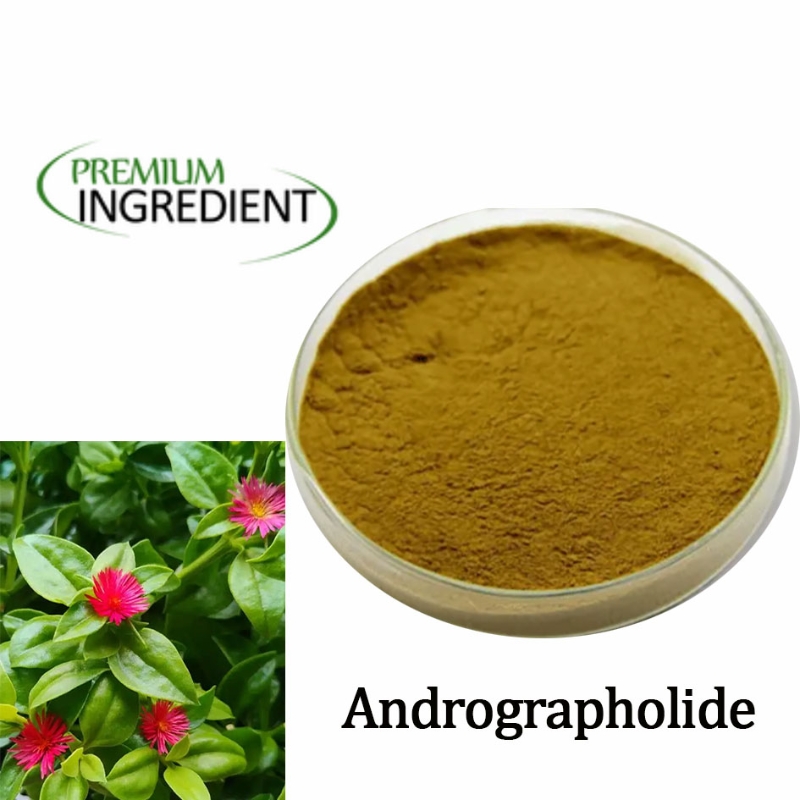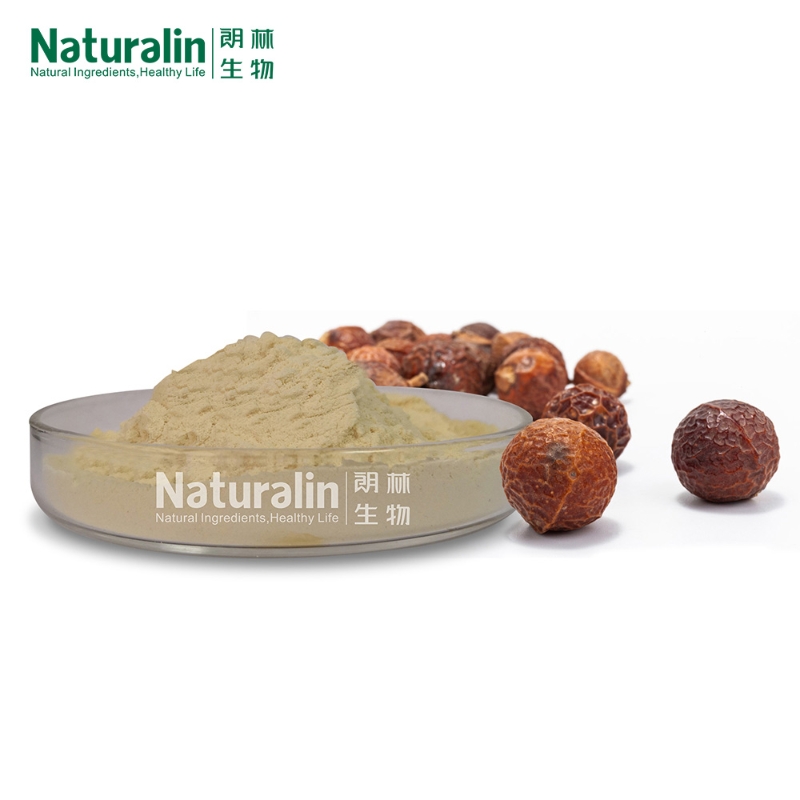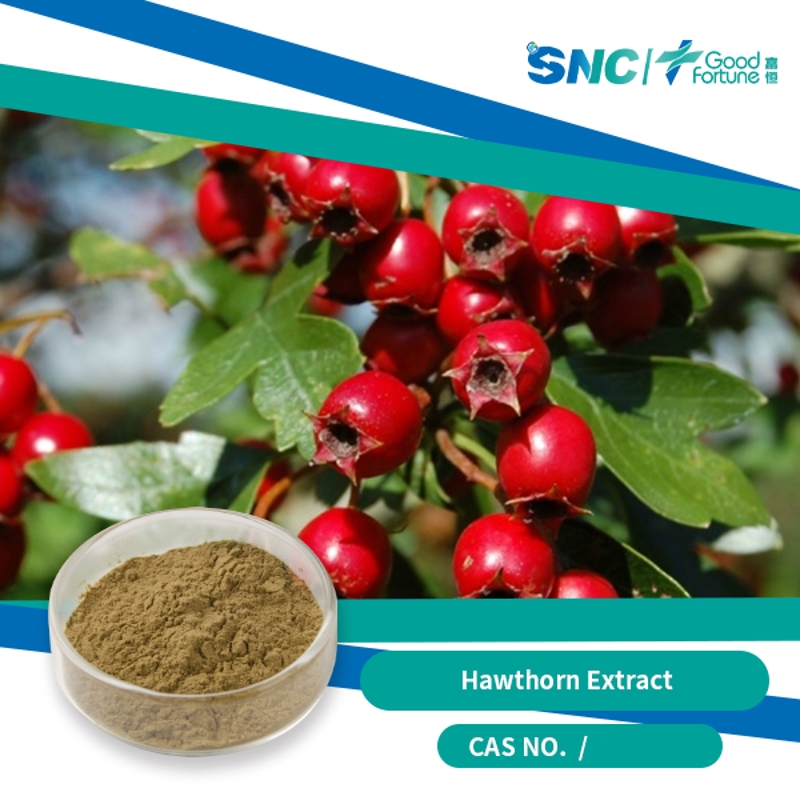-
Categories
-
Pharmaceutical Intermediates
-
Active Pharmaceutical Ingredients
-
Food Additives
- Industrial Coatings
- Agrochemicals
- Dyes and Pigments
- Surfactant
- Flavors and Fragrances
- Chemical Reagents
- Catalyst and Auxiliary
- Natural Products
- Inorganic Chemistry
-
Organic Chemistry
-
Biochemical Engineering
- Analytical Chemistry
-
Cosmetic Ingredient
- Water Treatment Chemical
-
Pharmaceutical Intermediates
Promotion
ECHEMI Mall
Wholesale
Weekly Price
Exhibition
News
-
Trade Service
Proteome analysis is becoming a powerful tool of discovery-driven research, with investigations ranging from whole organisms to specific subcellular compartments. Especially for the latter, efficient and robust methods for protein purification are the prerequisite for obtaining meaningful proteomic data. The plant nucleus is the repository of critical components of the genetic and biochemical machinery and therefore of great interest as source material for proteomic studies. Although
Arabidopsis thaliana
is the prime model system for plant molecular genetics, proven protocols for biochemical fractionation are often best established for other plant species. In this chapter, we present methods for the isolation of nuclei, nuclear proteins, and nuclear protein fractions that have been adapted for
Arabidopsis
. Two different protocols for the isolation of nuclei and nuclear extracts from
Arabidopsis
plants and suspension cells are described. Discovering that developmental mutant phenotypes are based on chromatin-associated and chromatin-altering proteins has spiked a growing interest in
Arabidopsis
chromatin proteins. We describe a method for obtaining an
Arabidopsis
protein chromatin fraction and the entire histone complement.







